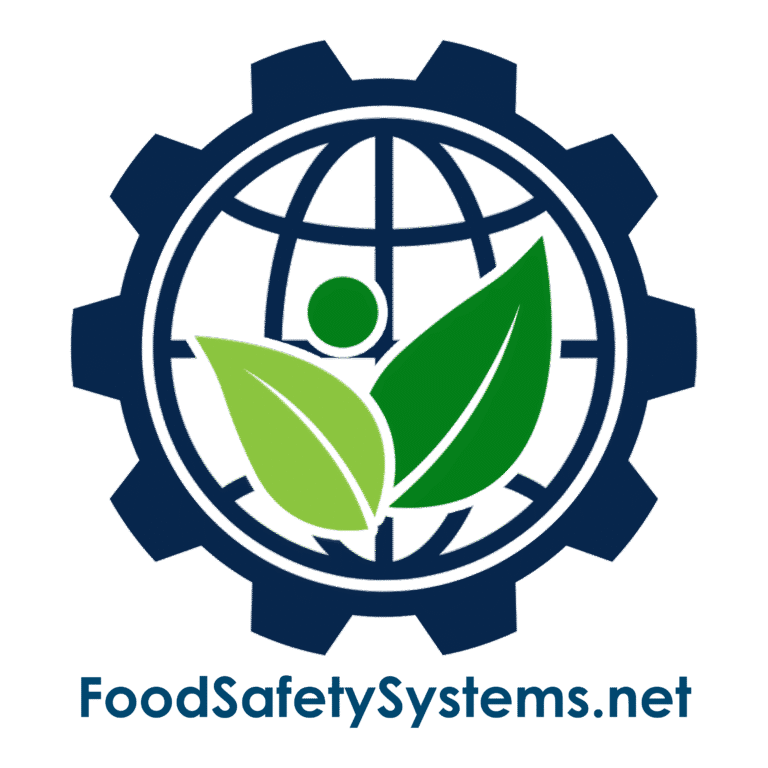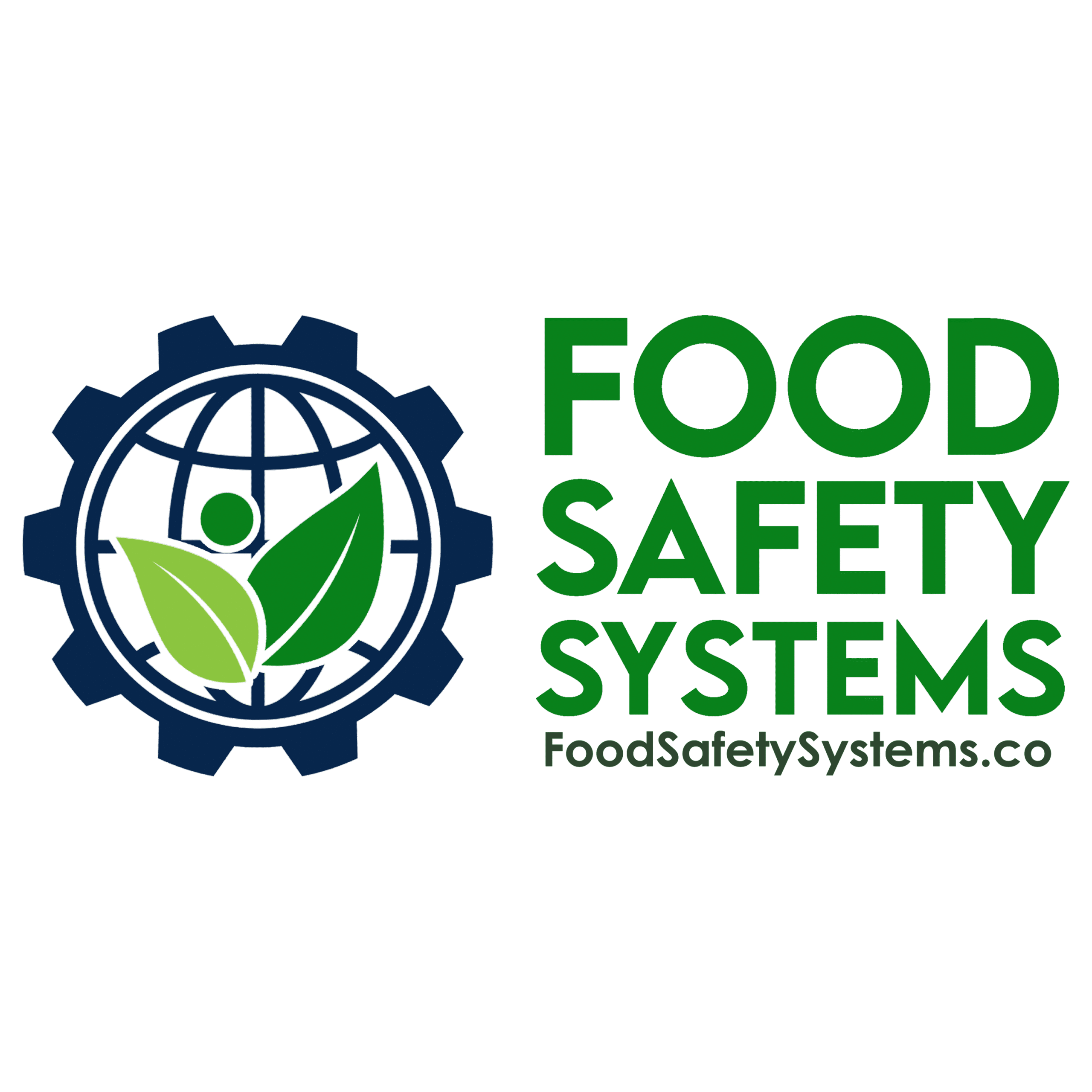Staff Flow & Movement Procedures

Aligned with FSSC 22000 – Zoning and Control of Contamination Risk
Requirement Overview
FSSC 22000 requires that facilities establish and maintain clearly defined zoning protocols and controlled staff movement between production areas to prevent cross-contamination and ensure the integrity of food safety.
This is especially critical for areas handling ready-to-eat (RTE) products or other high-risk food items, where strict personnel hygiene and segregation protocols must be enforced to protect against the transfer of pathogens, allergens, or foreign materials.
Aligned with BRCGS for Storage & Distribution Issue 4 – Clause 4.3.1 & 4.3.3
Requirement Overview
BRCGS for Storage & Distribution requires that products moved via cross-docking are traceable and controlled at all times, even when they are not held in storage for extended periods.
Clause 4.3.1: “The company shall ensure that traceability is maintained at all stages, including during cross-docking operations.”
Clause 4.3.3: “Procedures shall be in place to ensure that all products handled, including those not stored on-site, remain under control and are not subject to contamination or substitution.”
Cross-docking operations must not compromise product traceability, safety, or integrity. Even with minimal handling and temporary presence, each product must be accurately identified, documented, and protected.

Key Compliance Objectives
-
✓ Prevent cross-contamination through controlled staff movement
✓ Enforce physical and procedural barriers between zones
✓ Maintain compliance with zoning definitions and risk assessments
✓ Document all procedures and movement controls for audit readiness
Step-by-Step Compliance Implementation
1. Define Risk Zones and Entry Criteria
-
Zone Types:
-
• High Risk – exposed RTE product, sensitive to pathogens
• High Care – chilled RTE product, not fully sealed
• Ambient High Care – ambient-stable but sensitive to contamination
Evidence to Maintain:
-
• Factory zoning maps
• Zoning justification documents
• Staff access level assignments
- • High Risk – exposed RTE product, sensitive to pathogens • High Care – chilled RTE product, not fully sealed • Ambient High Care – ambient-stable but sensitive to contamination
- • Factory zoning maps • Zoning justification documents • Staff access level assignments
2. Establish Controlled Entry/Exit Points
-
Requirements Include:
-
• Airlocks or hygiene lobbies
• Handwashing and disinfection stations
• Change of PPE, footwear, and tools before entry
Evidence to Maintain:
-
• Entry logs or access badge records
• Hygiene station maintenance logs
• PPE changeover procedures
- • Airlocks or hygiene lobbies • Handwashing and disinfection stations • Change of PPE, footwear, and tools before entry
- • Entry logs or access badge records • Hygiene station maintenance logs • PPE changeover procedures
3. Implement Staff Flow Procedures
-
Procedural Controls:
-
• Designated routes to prevent crossing from high to low-risk areas
• No return to low-risk zones without full decontamination
• Staggered breaks to reduce congestion in hygiene areas
Evidence to Maintain:
-
• Documented staff flow procedures
• Area signage and floor markings
• Staff induction and refresher training records
- • Designated routes to prevent crossing from high to low-risk areas • No return to low-risk zones without full decontamination • Staggered breaks to reduce congestion in hygiene areas
- • Documented staff flow procedures • Area signage and floor markings • Staff induction and refresher training records
4. Train and Enforce Compliance
-
Training Must Cover:
-
• Zoning awareness and color-coded zones
• Proper hygiene practices before moving between areas
• Reporting breaches or non-compliances
Evidence to Maintain:
-
• Training completion logs
• Visual aids (e.g., posters, signs, zone maps)
• Disciplinary or corrective action reports for zoning breaches
- • Zoning awareness and color-coded zones • Proper hygiene practices before moving between areas • Reporting breaches or non-compliances
- • Training completion logs • Visual aids (e.g., posters, signs, zone maps) • Disciplinary or corrective action reports for zoning breaches
5. Monitor, Audit, and Review
-
Oversight Activities:
-
• Supervisory checks and hygiene audits
• Incident logs for unauthorized movements
• Regular review of staff feedback and incident data
Evidence to Maintain:
-
• Internal audit reports and corrective actions
• Observation checklists and sign-off logs
• Zoning SOP updates and review records
- • Supervisory checks and hygiene audits • Incident logs for unauthorized movements • Regular review of staff feedback and incident data
- • Internal audit reports and corrective actions • Observation checklists and sign-off logs • Zoning SOP updates and review records
Common Audit Findings & Recommended Fixes
| Audit Finding | Recommended Action |
|---|---|
| No physical or procedural zoning controls | Install airlocks, barriers, and revise staff movement procedures |
| PPE not changed between zones | Enforce zoning-specific PPE and staff training |
| Inadequate signage or unclear zones | Install color-coded maps, floor markings, and area labels |
| No records of staff movement procedures | Develop documented SOPs and maintain training evidence |
Auditor Verification Checklist
During an audit, expect to show:
-
• Zoning maps with designated risk zones
• SOPs for staff movement between areas
• Logs showing PPE changes, hygiene compliance, or restricted access
• Staff training records and awareness documentation
Implementation Roadmap
Build Your Zoning Program
-
✓ Identify and document high-risk and sensitive production areas
✓ Develop SOPs for entry, movement, and PPE protocols
Train and Enforce
-
✓ Train all staff on zone-specific hygiene and access rules
✓ Use visual controls and signage to reinforce zones
Monitor and Verify
-
✓ Conduct hygiene audits and zoning compliance checks
✓ Track incidents of cross-contamination risk
Improve Continuously
-
✓ Update procedures based on audit findings or facility changes
✓ Reinforce a culture of contamination risk awareness
Why This Matters?
-
✓ Prevents contamination of vulnerable food products
✓ Supports compliance with FSSC 22000 food safety requirements
✓ Protects consumers and brand reputation
✓ Demonstrates robust risk zone management to auditors and regulators
Support Tools Available
Food Safety Systems provides:
-
✓ Zoning maps and movement control SOP templates
✓ Staff zoning training decks and compliance signage
✓ Hygiene audit checklists and breach reporting forms
✓ Custom staff flow diagrams for multi-zone facilities
Privacy Policy | Terms of Service
Powered by interlinkIQ.com, Developed by ITBlaster.net, Owned and Operated by Consultare Inc. Group, A Compliance Company. All Rights Reserved.







